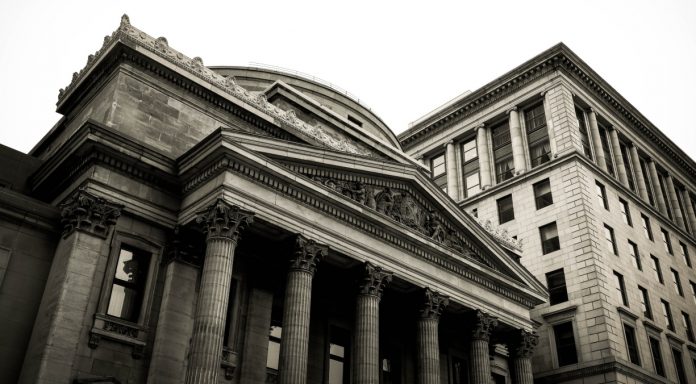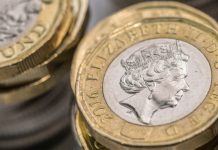- Pound (GBP) awaits BoE rate meeting
- UK government spending jumps
- Euro (EUR) fell Putin’s speech
- Eurozone consumer confidence is due
The Pound Euro (GBP/EUR) exchange rate is falling after three days of gains. The pair settled +0.36% higher yesterday at €1.1450 after trading in a range between €1.14 – €1.1483 across the session. At 05:45 UTC, GBP/EUR trades -0.1% at €1.1439.
The pound gained versus the euro despite growing concerns over high levels of government borrowing. The British government borrowed almost double what analysts were forecasting in August, with net borrowing hitting £11.8 billion whilst inflation expectations pushed interest payments to an August record.
The data provides a difficult backdrop for the new Chancellor of the Exchequer Kwasi Kwertang, ahead of his mini-budget on Friday, where he hopes to cut taxes and address the cost of living crisis.
Today all eyes are on the Bank of England, which will announce its monetary policy decision at midday local time. The central bank is expected to raise interest rates by 50 basis points. However, the BoE could be emboldened to hike by 75 basis points in light of Prime Minister Liz Truss’ energy relief support package.
A hawkish-sounding BoE could lift the pound. However, should the BoE opt for the 50 basis point hike, the pound could be disappointed and fall.
The euro fell in the previous session after Russian President Vladimir Putin orders a partial mobilisation of Russian troops: the first mobilisation of forces since World War II comes after a rapid counter offensive from Ukraine left the Russian army on the back foot. Putin also threatened a nuclear response if necessary. The escalation of the war sent the euro lower.
Today attention moves towards eurozone consumer confidence data, which analysts expect to show deteriorated further in September to 25.8, down from 24.9 in August. This would still be marginally above the record low of 27 reached in July. Weaker consumer confidence is usually associated to lower spending and weaker economic growth.





